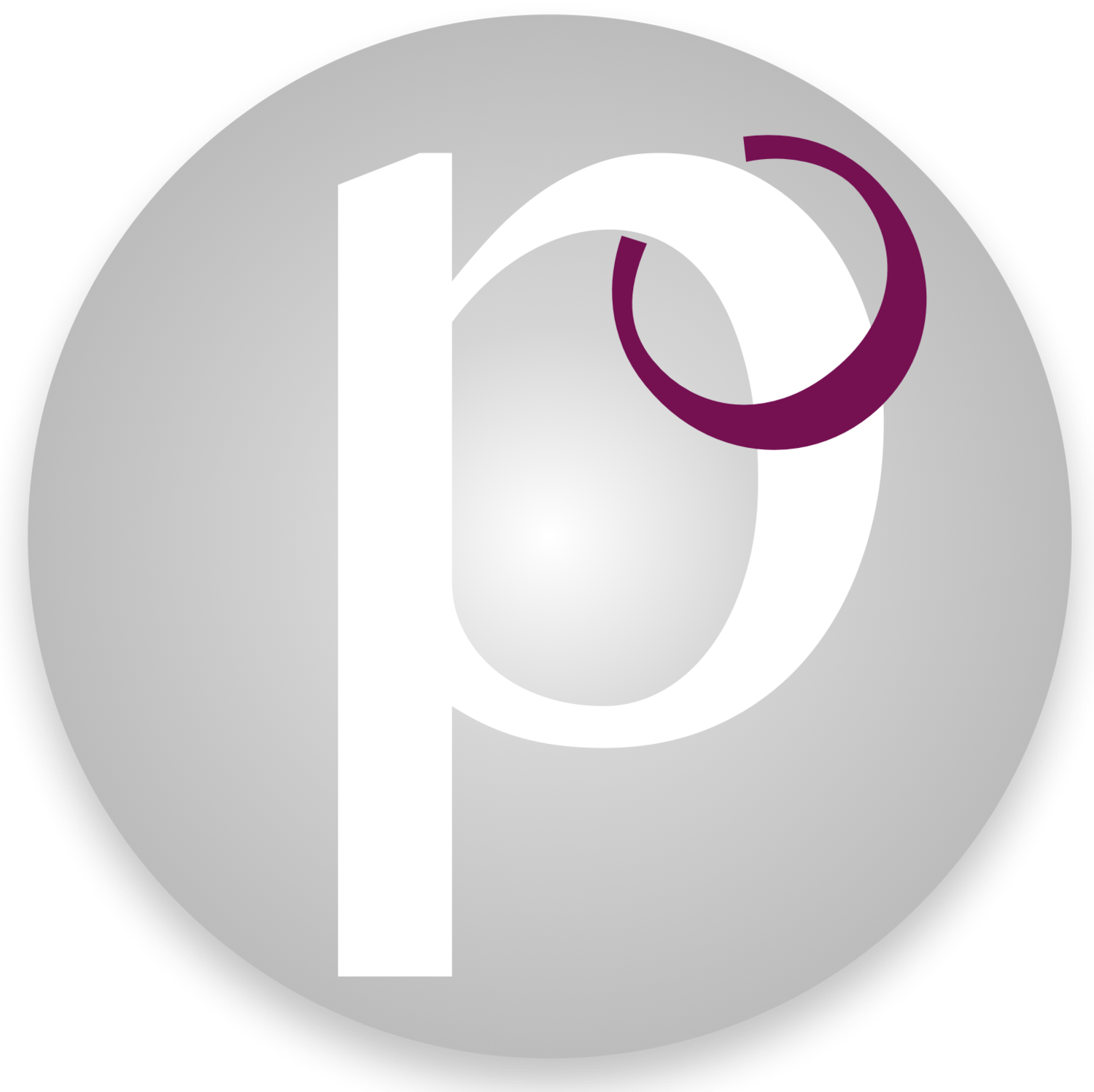‘One size fits all’ a myth?
We’re talking about process tools and whether there is one which suits all documentation types. Just as we are not cloned humans, so too are there many varieties of process documentation tools, each unique in slightly different ways.
As a process documentation specialist, I often get asked ‘what’s the best tool to document processes’? Invariably my answer is ‘it depends’. Some are better at producing complex process map diagrams, whereas others are better at connecting the user with detailed work instructions to support the process.
Audience
Establishing who is going to be using the process documentation is critical to determining the right tool to produce them. Are processes going to be used for end user ‘staff’ or technical/systems solutions teams?
It is also critical to determine where, when and how audiences will be using their processes. Do they need to be available 24/7 in the cloud? Do they need to be used on mobile devices?
End User ‘Staff’ Business Processes
Think of new staff inductions needing to understand what to do in their everyday job or current staff needing to reference how to do something. Simplicity is key for end user engagement. Process flows should limit diagrammatic complexity in favour of a ‘drill down’ approach to task-level instructions. This allows users to connect with a high level description of the process and with a goal of understanding the ‘essence’ of how the process works most of the time in a quick view of the flow diagram. Each high level descriptor should connect the user with the optional view at the task level for detailed steps and exception handling notes as required. This approach leverages an agreed, simple, business-documentation-methodology for the best end user experience.
A good tool here will control how the process is documented, removing the ability to create over-complexity. Typically the process tool should support serving up material where and when it is required.
Increasingly such tools are incorporating checklist functionality to allow users to essentially walk-through each task and tick off when it has been completed.
Technical Teams System Processes
Think of Digital Teams, Business Analysts and Systems Projects who need create complexity at the process flow diagram level. Tools which are used in this space need to allow the user to create multiple inputs, outputs and connections without limitations necessarily posed in a web browser window. Rather than adopting a methodology which supports the simple ‘essence’ of the process, these tools allow for the diagrammatic-level exception handling (decision diamonds). Typically serving up these processes 24/7 online is not a critical element, particularly where they are a project-level artefact.
This approach leverages specialised industry-standard documentation methods and as such, requires a specialist skillset to produce material.
Verdict
The best tool for the job might mean that more than one is required. The key determination should be the audience. Who is going to be using the outputs and in what context needs to be the key driver as to what is the ‘best’ process diagramming tool. No matter which is selected, ultimately the success of any documentation will be:
using defined and consistent methods to document;
making sure the content suits the audience (so that it gets actively used!);
ensuring skilled resource are available to document processes;
ensuring process accountabilities and responsibilities are clearly defined;
making process material available anytime, from anywhere and on applicable mobile devices;
creating a method to communicate process changes;
building in a regular review cycle.
Watch this space, as we are working to connect you in the not-too-distant-future with a new process documentation tool which teases the possibility of one size fitting most!


